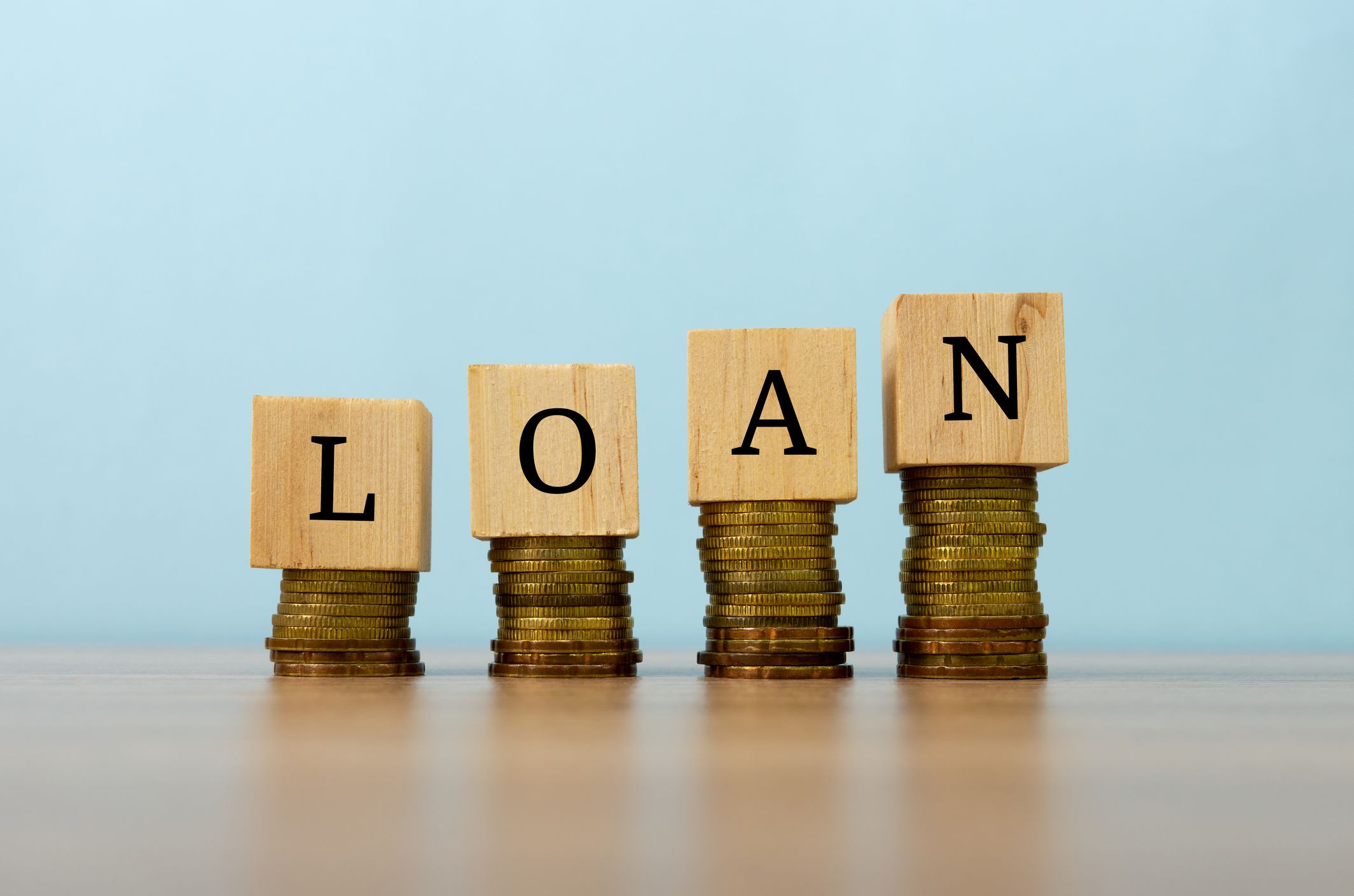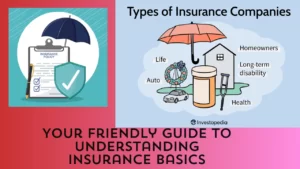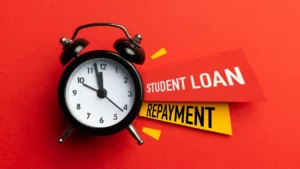A loan is a form of borrowing in which a lender agrees to lend a certain amount of money to a borrower, with the understanding that the borrower will repay the loan, along with interest and any other fees, at a later date. Loans can be secured or unsecured, and the terms of the loan, such as the interest rate and repayment period, will vary depending on the type of loan and the lender’s policies.
To obtain a loan, the borrower typically needs to provide some form of collateral or proof of income, and may need to go through a credit check to determine their creditworthiness. Once the loan is approved and the funds are disbursed, the borrower is responsible for making regular payments until the loan is fully repaid.
The loan process typically involves the following steps:
Application: The borrower submits a loan application, which typically includes information such as income, employment history, and credit score.
Approval: The lender reviews the application and decides whether or not to approve the loan. If the loan is approved, the lender will offer the borrower a loan agreement, which outlines the terms of the loan, including the interest rate and repayment schedule.
Closing: The borrower signs the loan agreement and pays any closing costs associated with the loan.
Disbursement: The lender disburses the loan funds to the borrower.
Repayment: The borrower repays the loan according to the terms of the loan agreement, typically through monthly payments that include both the principal and interest.
It’s also worth noting that there are different types of loans, each with its own specific features, such as secured loans, unsecured loans, revolving loans, short term loans and long term loans, so the process may vary depending on the type of loan.
Why Are Loans Used?
Loans are used for a variety of reasons. Some common reasons people take out loans include:
Purchasing a home: Many people take out mortgages to buy a house.
Paying for education: Loans can help cover the cost of tuition and other expenses associated with higher education.
Starting or expanding a business: Business owners may take out loans to start a new business or expand an existing one.
Consolidating debt: People may take out loans to consolidate existing debt, such as credit card debt, into a single, more manageable payment.
Making a large purchase: Some people take out loans to make a big purchase, such as a car, boat, or home renovation.
Covering unexpected expenses: Some people take out loans to cover unexpected expenses, such as medical bills or home repairs.
Overall, loans provide people with access to money they need to make purchases or investments that they otherwise couldn’t afford upfront.
Components of a Loan
There are several key components of a loan, which include:
Principal: The principal is the amount of money that is borrowed. It is the base amount that is being financed and is the starting point for calculating interest.
Interest: Interest is the cost of borrowing the money. It is typically expressed as a percentage of the principal and is added to the loan balance over time.
Repayment schedule: The repayment schedule is the plan for how the loan will be paid back, including the number of payments, the due dates, and the amount of each payment.
Collateral: Collateral is an asset that is pledged as security for the loan. If the borrower defaults on the loan, the lender can seize the collateral in order to recover the money that was lent. Not all loans require collateral.
Fees: Some loans come with additional fees, such as origination fees, application fees, or prepayment penalties.
Credit history: Lenders will check the credit history of the borrower before approving a loan. They want to know that the borrower has a good credit score and has a track record of repaying loans on time.
Guarantor: A Guarantor is a person who guarantees the loan on behalf of the borrower. This is typically required in case the borrower is unable to repay the loan.
Overall, the main components of a loan are the amount borrowed, the cost of borrowing, the plan for repayment, and the conditions of repayment.
Here are some tips on getting a loan:
In order to qualify for a loan, prospective borrowers need to show that they have the ability and financial discipline to repay the lender. There are several factors that lenders consider when deciding if a particular borrower is worth the risk:
Improve your credit score: A good credit score can help you qualify for a better interest rate, which means lower monthly payments.
Shop around: Compare loans from different lenders, including banks, credit unions, and online lenders to find the best deal.
Read the fine print: Carefully review the loan agreement, including the interest rate, repayment schedule, and any fees, before signing.
Provide complete and accurate information: Make sure to provide accurate and complete information on your loan application.
Have a plan: Have a plan for how you will use the loan and how you will repay it.
Consider collateral: If you have assets that you can use as collateral, such as a car or a house, it can increase your chances of getting approved and getting a lower interest rate.
Be honest and upfront about your finances: Be honest about your income, employment, and debts. Lenders need to know that you have the ability to repay the loan.
Find a cosigner: If you have a cosigner with good credit, it can increase your chances of getting a loan, since the lender will have a back-up borrower in case you are unable to repay the loan.
By following these tips, you can increase your chances of getting a loan and getting a better deal.
Relationship Between Interest Rates and Loans
The interest rate is one of the key components of a loan and it plays a crucial role in determining the cost of borrowing. The interest rate is the percentage of the loan that the borrower must pay in addition to the principal.
When interest rates are low, it typically makes borrowing money cheaper, which can lead to an increase in loan demand. As more people and businesses borrow money, this can lead to economic growth. This is because low-interest rates make it cheaper for people and businesses to borrow money, which they can then use to invest in things like new projects, equipment, and hiring new employees.
On the other hand, when interest rates are high, it makes borrowing more expensive, which can lead to a decrease in loan demand. High-interest rates can also lead to a decrease in economic growth, as it becomes less attractive for people and businesses to borrow money.
Interest rates are also closely related to inflation, which is the rate at which prices for goods and services rise. In general, when inflation is high, interest rates tend to be high as well. This is because when prices are rising rapidly, the value of money decreases, so lenders charge more to compensate for the loss in value.
Overall, the interest rate is a key factor in determining the cost of borrowing and can have a significant impact on both individual borrowers and the overall economy.
Types of Loans
There are many different types of loans, each with their own specific features and terms. Some of the most common types of loans include:
Personal loans: Personal loans are unsecured loans that can be used for a variety of purposes, such as consolidating debt, making a big purchase, or covering unexpected expenses.
Mortgages: A mortgage is a type of loan used to buy a house. Mortgages are typically secured by the property being purchased and have a longer repayment period than most other types of loans.
Auto loans: Auto loans are used to finance the purchase of a vehicle. They are typically secured by the vehicle being purchased.
Student loans: Student loans are used to pay for higher education. They can be either government-funded or private loans.
Business loans: Business loans are used to provide funding for businesses to start, expand, or purchase equipment.
Payday loans: Payday loans are short-term, unsecured loans that are typically used to cover unexpected expenses until the borrower’s next paycheck.
Credit card loans: Credit card loans allow individuals to borrow money using their credit card.
Line of credit: A line of credit is a revolving loan, which allows you to borrow money up to a certain limit, and pay it back as you use it.
Secured loans: Secured loans are loans that are backed by an asset, such as a car, a house, or other property, as collateral.
Each type of loan has its own specific features, terms, and requirements, and the best loan for you will depend on your specific needs and circumstances.





























